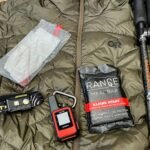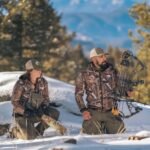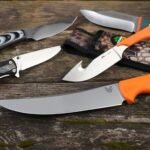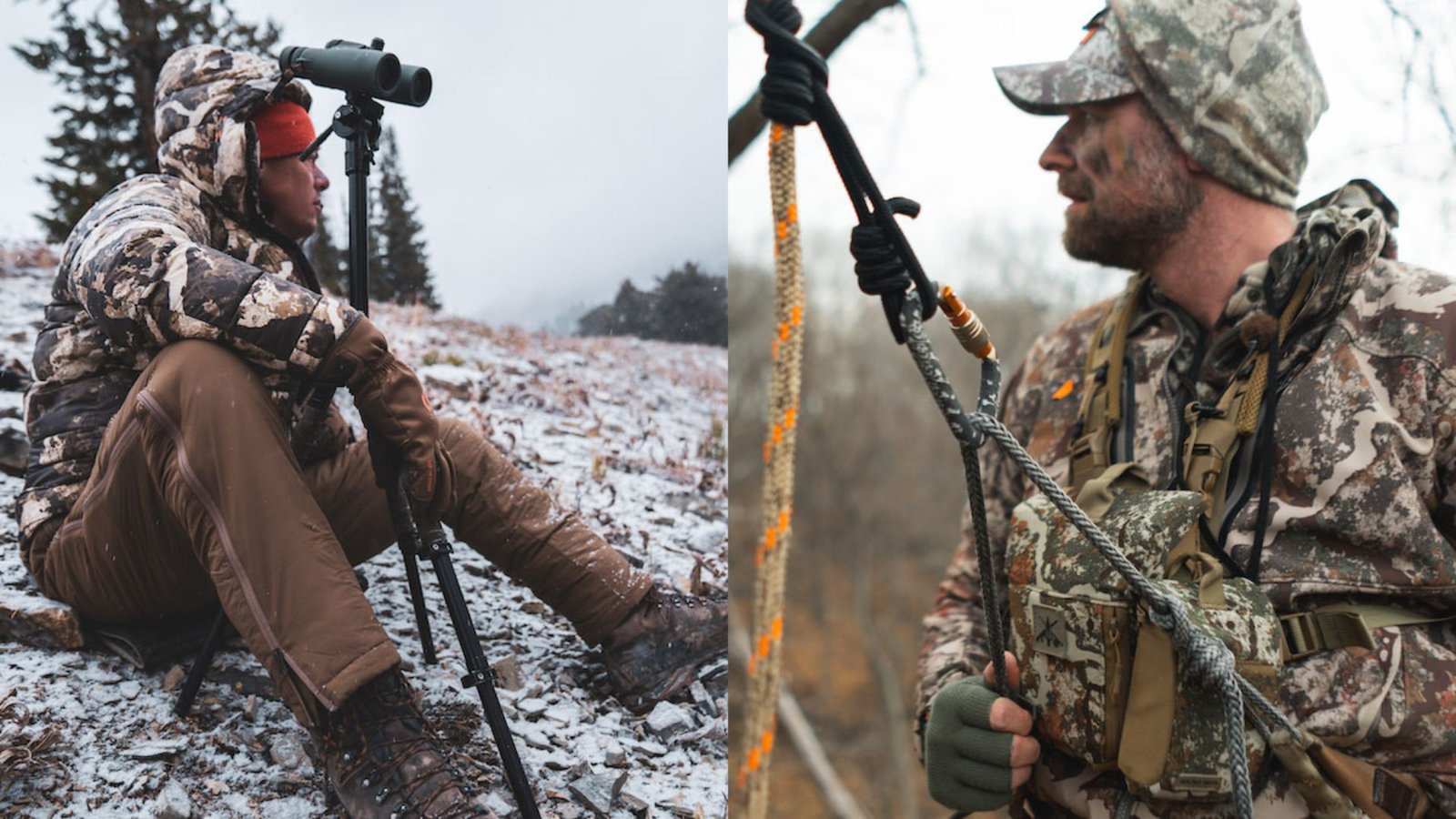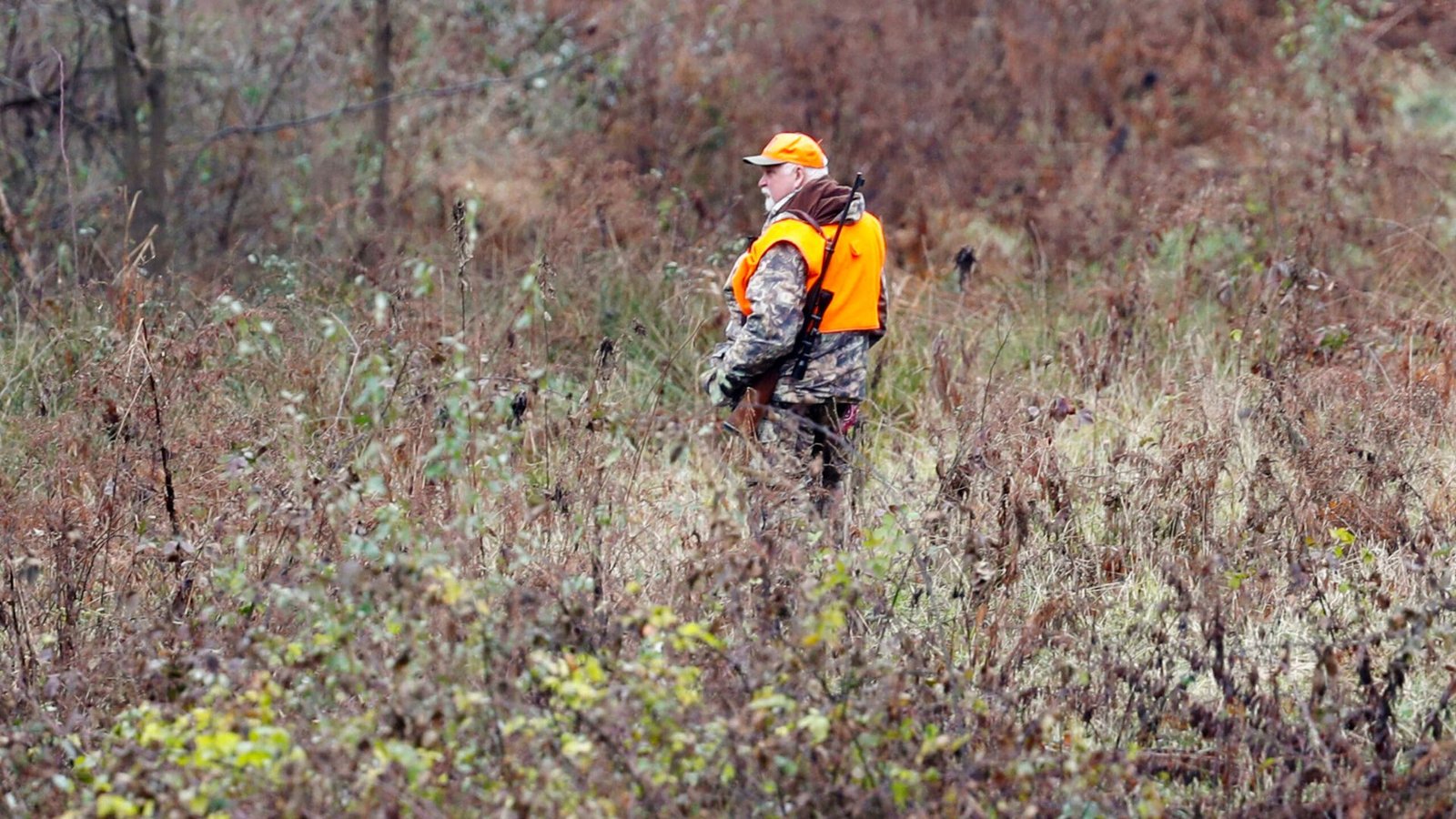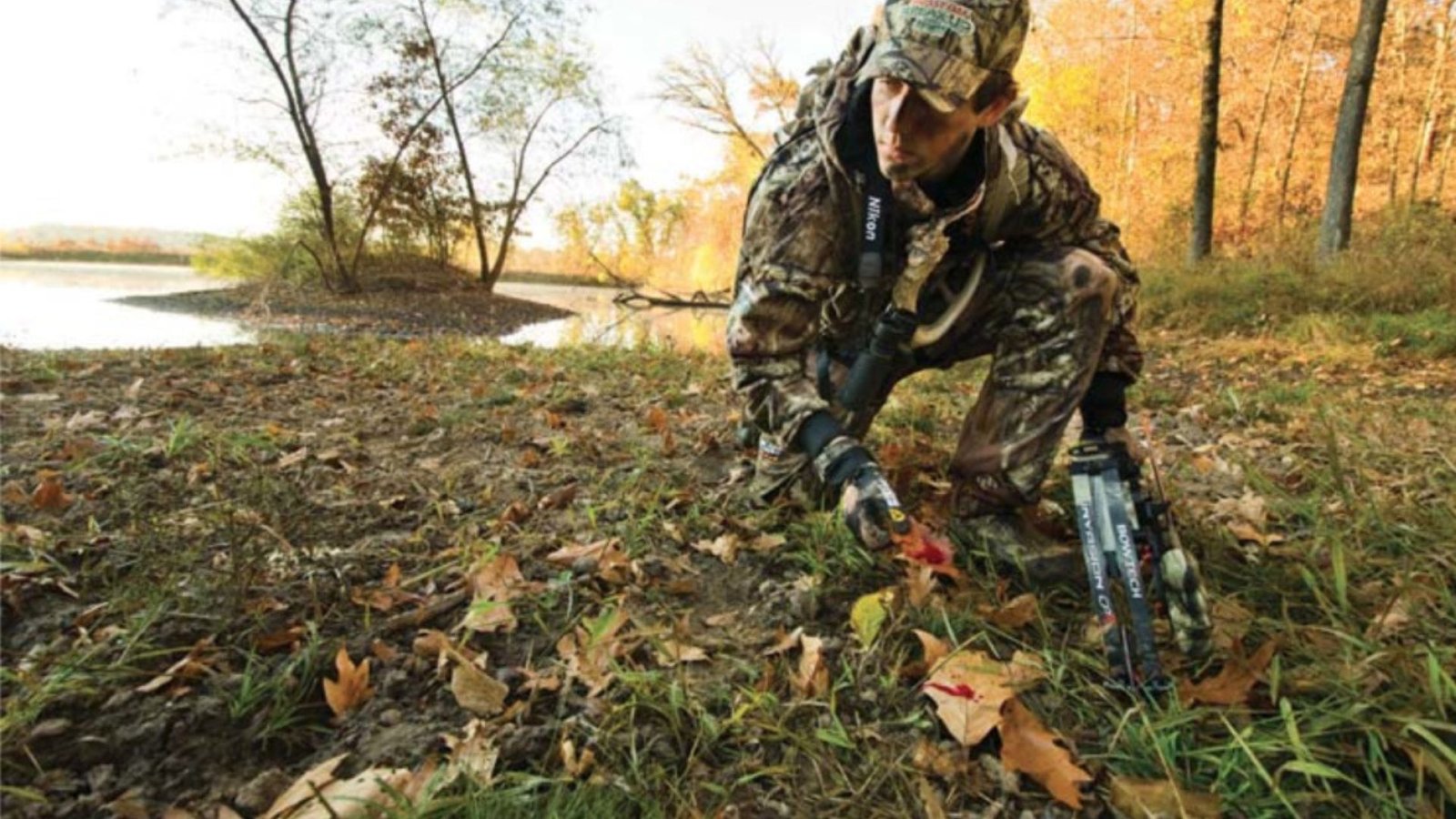If you’re looking to improve your deer tracking skills, learning how to practice advanced deer tracking skills will take your hunting and wildlife observation to the next level. While basic deer tracking focuses on identifying tracks and signs, advanced tracking involves understanding more complex patterns and subtle clues that will lead you closer to your target. In this article, we’ll share the best techniques for practicing advanced deer tracking skills so you can become a more effective tracker.
1. Understand the Seasonal Patterns of Deer Movement
One of the most important things to consider when learning how to practice advanced deer tracking skills is the seasonality of deer behavior. Deer move differently during each season, so understanding these changes will help you track them more effectively. For example, during the rut (mating season), bucks are more active and often leave more noticeable signs of their presence. By paying attention to the time of year and adjusting your tracking techniques accordingly, you’ll be able to predict the movement patterns of deer.

2. Study Tracks and Sign in Detail
When you start practicing advanced deer tracking skills, you’ll need to go beyond simply identifying tracks. Focus on the depth, width, and shape of the tracks to determine how heavy or light the deer is. The width of a track can indicate whether it’s a buck or doe, and the depth can help you understand how much weight the deer is carrying. Look for other signs such as scat, broken twigs, and rubs on trees. All of these offer critical information about the age, size, and health of the deer.
3. Learn to Follow Multiple Trails
Once you get good at following one set of tracks, advanced deer tracking skills involve being able to track multiple trails at once. Deer often travel in groups, and tracking more than one deer at a time can be a challenge. However, this skill can be very useful, especially when hunting in areas where deer are numerous. Learn to identify subtle differences in tracks and signs to tell which trail belongs to which deer. This skill will increase your chances of success and make you a much sharper tracker.
4. Master the Use of Wind and Weather Conditions
Wind and weather conditions play a huge role in advanced deer tracking skills. Deer have an excellent sense of smell, and understanding how they use the wind to detect predators is crucial. Learn how to read the wind direction and adjust your tracking accordingly. Also, be aware of how weather conditions like rain or snow affect deer behavior. Snow, for example, makes tracks more visible and easier to follow. Practice using different weather conditions to your advantage, and you’ll improve your tracking significantly.
5. Identify Subtle Changes in Terrain
To practice advanced deer tracking skills, you need to understand how terrain influences deer movement. Look for natural corridors like ridges, creek beds, or forest edges where deer tend to travel. These paths offer deer cover and an easy way to move through an area. By learning to read the terrain, you can anticipate where deer are most likely to be. Practice identifying these terrain features, and soon you’ll be able to pick the best tracking paths based on the landscape.
6. Improve Your Stealth and Movement Techniques
Tracking deer quietly is just as important as understanding their behavior. Advanced deer tracking skills require you to move slowly and quietly, avoiding any noise that could alert the deer to your presence. Always be mindful of where you step, and practice moving silently through different types of terrain. The more you practice moving quietly, the more natural it will become, and the easier it will be to track deer without spooking them.
7. Study Deer Behavior Patterns
As you gain more experience, you’ll begin to notice certain patterns in deer behavior. Advanced deer tracking skills involve the ability to predict where the deer are likely to be based on past behavior. Deer are creatures of habit and tend to use the same routes and feeding areas repeatedly. By studying the habits of the deer in your hunting area, you can anticipate their movements and track them more effectively. Pay attention to how they react to different environmental factors like food availability or predation risks.
8. Know When to Take a Break
One of the more advanced skills when learning how to practice advanced deer tracking skills is knowing when to take a break. Sometimes, when you’re following a trail, it’s easy to get frustrated when the tracks seem to disappear or change direction. Instead of rushing forward, take a moment to relax and assess the situation. Think about where the deer might have gone and retrace your steps. A clear head is essential for tracking successfully, so don’t be afraid to take a step back when needed.
Conclusion
Mastering how to practice advanced deer tracking skills takes time and dedication. By understanding deer behavior, studying their tracks in detail, and practicing your movement techniques, you can improve your skills. Learning to read the terrain, anticipate deer movements, and use environmental factors like wind and weather to your advantage will help you track deer with greater precision. Keep practicing these skills, and with persistence, you’ll become a seasoned deer tracker.



